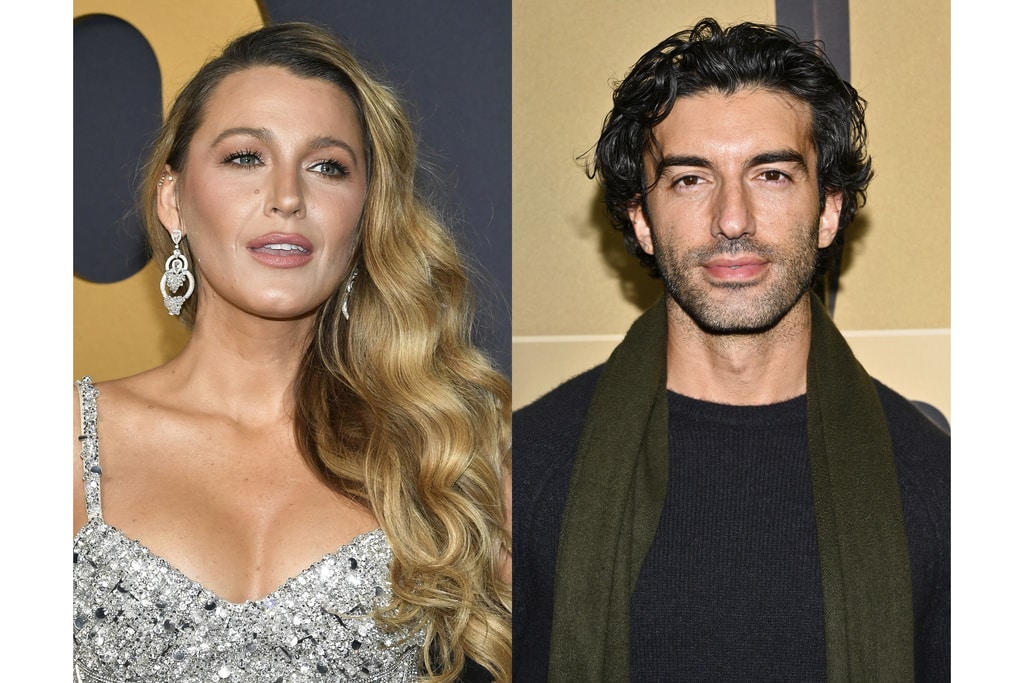Defamation lawsuits raise important First Amendment issues related to freedom of speech and press.
Such is the case in a decision in which a federal district judge dismissed a defamation claim by one Hollywood actor, Justin Baldoni, against another, Blake Lively, and against the New York Times.
Baldoni's defamation case against Blake Lively, The New York Times
Baldoni who co-founded Wayfarer Studios LLC sued Lively, her husband Hollywood star Ryan Reynolds and others who supported her, and The New York Times. Baldoni claimed libel, false light, invasion of privacy, promissory fraud and breach of implied-in-fact contract.
Baldoni filed his suit after Lively had filed a lawsuit accusing him of sexually harassing her during the filming of “It Ends With Us.” The film was based on Colleen Hoover's best-selling novel of the same name.
Lively’s allegation of abuse against Baldoni was publicized by Megan Twohey in an article in the New York Times entitled “’We Can Bury Anyone’: Inside a Hollywood Smear Machine.” The article had indicated that after Lively filed her lawsuit, Baldoni sought to destroy Lively’s reputation.
Baldoni had asked for a hefty $400 million from Lively and $250 million from the New York Times.
Meeting the actual malice standard
Lewis J. Liman, a U.S. district court judge in the Southern District of New York, dismissed Baldoni's claims on June 9, 2025.
The length of the 132-page double-spaced typed opinion is a clue to its complexity, which is further complicated by a mix of U.S., California, and New York law. Much of the case is based on “he said, she said” testimony about conversations and activities that took place during the screening of “It Ends With Us,” various negotiations about what would be in the film and who would decide on it, and the contractual obligations of the respective parties to the suit, including the degree to which Lively was obligated to promote it.
Part of the case involved whether Lively had engaged in a form of civil extortion or breach of contract, but the main issue was whether Lively and others had engaged in defamation and and whether the New York Times had defamed Baldoni by casting him in a “false light.”
Judge Liman viewed Baldoni as a public figure as defined in the U.S. Supreme Court’s historic decision in New York Times v. Sullivan (1964) and other cases. To win libel or defamation suits, such individuals must show “actual malice.” That test requires them to prove that the statements made about them were made either knowing they were false or with reckless disregard to their truth or falsity. Moreover, such statements must be provably false and not simply statements of opinion, hyperbole, or slight inaccuracies.
Quoting from other opinions, some from state courts, the judge stressed that the actual malice standard allows “the freedoms of speech and press that ‘breathing space’ essential to their fruitful exercise.”
Fair report privilege covered New York Times reporting
In dismissing the case, the judge cited opinions establishing the “litigation privilege,” which applies “to any communication (1) made in judicial or quasi-judicial proceedings; by (2) by litigants or other participants authorized by law; (3) to achieve the objects of the litigation; and (4) that have some connection or logical relation to the action.” This privilege was designed to “afford litigants and witnesses free access to the courts without fear of being harassed subsequently by derivative tort actions.”
The judge also cited cases involving the fair and true report privilege, which applies to “a fair and true report in, or a communication to, a public journal, of (A) a judicial, (B) legislative, or (C) other public official proceeding, or (D) of anything said in the course thereof,” noting that such privileges had resulted in part from the #MeToo movement.
Judge Liman concluded that Baldoni’s arguments were circumstantial and lacked adequate foundation to demonstrate actual malice on the part of Lively. He also did not believe that Baldoni had suffered substantial monetary damages as a result of Lively’s allegations.
He further concluded that the New York Times reporter had exercised the fair report privilege. Citing Greenbelt Co-op. Pub., Ass’n v. Bresler (1970), the judge observed that “[t]he great principles of the Constitution which secure freedom of expression in this area preclude attaching adverse consequences to any except the knowing or reckless falsehood.” He did not believe that Lively’s actions had constituted a breach of contract.
SLAPP Suits
Although the decision is highly fact-specific, it is consistent both with existing defamation laws related to public figures and with decisions in cases involving so-called SLAPP suits, which is when individuals use litigation to quell legitimate First Amendment speech.
John R. Vile is a political science professor and dean of the Honors College at Middle Tennessee State University.

